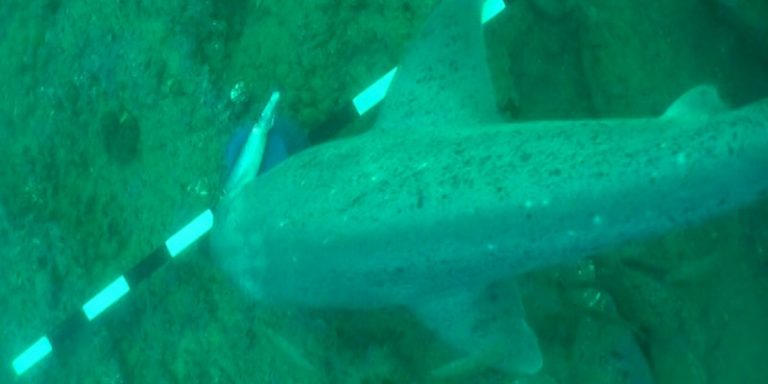
The marine environment of Aotearoa, not far from New Zealand, is one of the richest in the world: it is home to nearly 17,000 species, including 264 endemic fish species. “Te Papa Atawhai”, the marine conservation department, tries to manage this biodiversity as best it can in this very sensitive and specific ecosystem. It is in this context that Spyfish Aotearoa is part of a project in which Wildlife.ai is involved, aiming to create an artificial intelligence platform that automatically identifies fish species.
An underwater video surveillance program supported by artificial intelligence
Artificial intelligence-based technologies can support many projects, especially those related to the protection of the environment and biodiversity. The AI platform Spyfish Aoteaero has come to enrich an underwater video surveillance program set up to help protect the environment and biodiversity within New Zealand’s marine reserves.
The “Baited Underwater Video” (BUV) programme is part of the research objectives of the New Zealand Department of Marine Conversation. It allows for the assessment of species habitat composition, water quality analysis and climate change parameters. BUV also aims to study the demography and characteristics of key species in the area.
This simple and versatile underwater survey method is used to estimate the abundance of carnivorous and scavenging fish in the Aotearoa area compared to other marine reserves. The programme involves a particular set-up: when a boat is in the area it wishes to analyse, it uses a triangular metal frame with a camera near a bait box to attract fish. Floats hold the frame upright and a rope attached to a buoy allows the frame and camera to be retrieved after the specific area has been filmed for three minutes. The experiment is repeated several times in order to cover the entire sea area.
Spyfish Aotearo: artificial intelligence for marine surveillance
Once the data is collected, it would theoretically take several days to sort and analyze the images. Unless machine learning models are used. Indeed, as part of the Spyfish Aotearoa project, “Te Papa Atawhai” has partnered with Wildlife.ai and several research organizations around the world.
Several machine learning models were first trained to filter out videos where no species appeared, which will save a lot of time in the analysis of real data. Later, they were trained to distinguish between moving fish and seaweed carried by the current, which is of no interest for data analysis. Patterns and regular shapes of species are used so that the systems can accurately recognize a species.
AI is exploited by combining it with human activity in order to save a lot of time and exploit quality resources. In parallel, Wildlife.ai has been working with the Koster Seabed Observatory on another algorithm that can recognize cold-water corals in the context of oceanographic research on this species. This algorithm can also be used by the Spyfish Aotearoa project by applying it to fish and other creatures living in the Aotearoa Marine Reserve or in other New Zealand marine reserves.
Translated from Spyfish Aotearoa, un projet de machine learning pour la reconnaissance d’espèces marines









